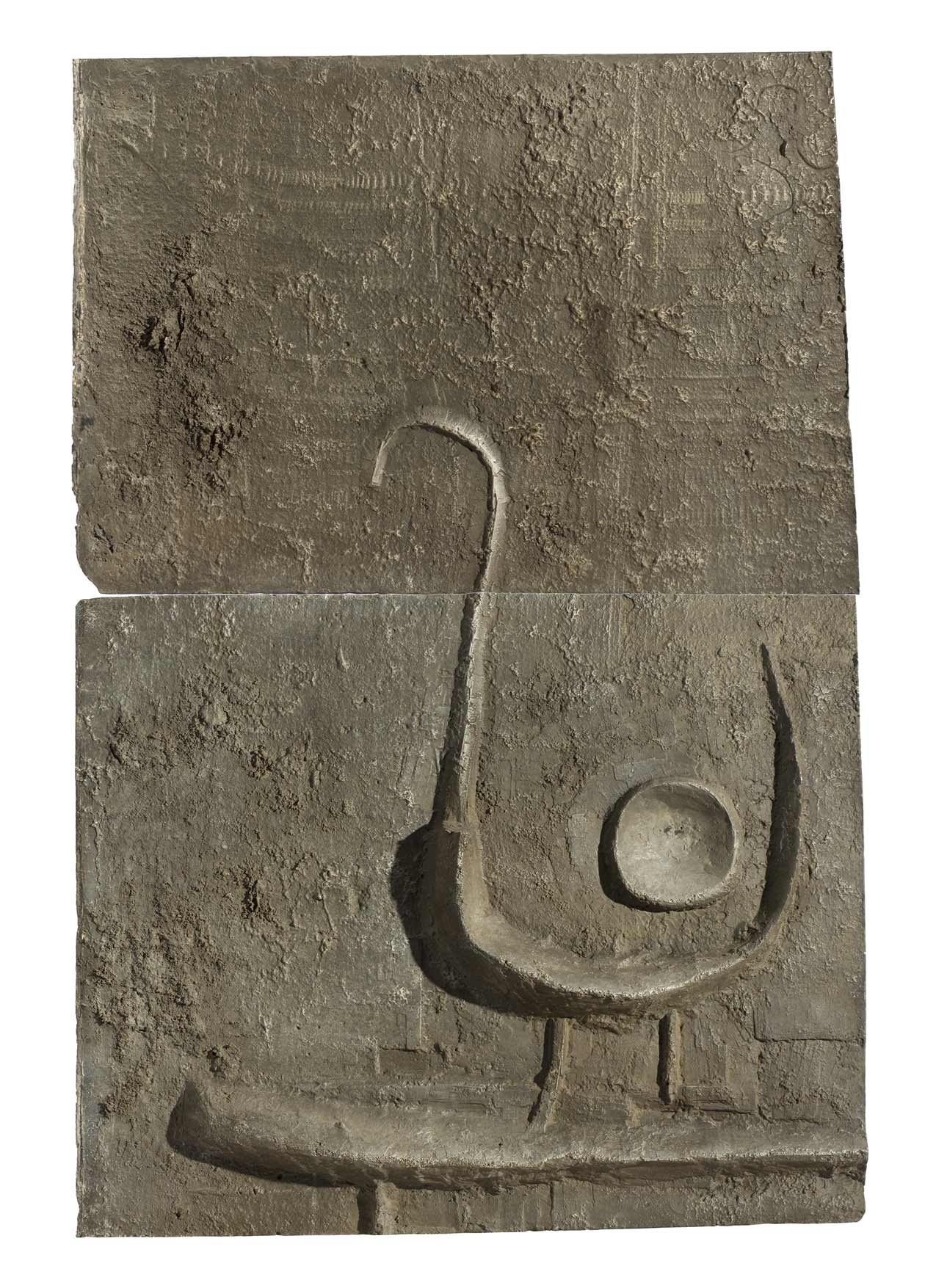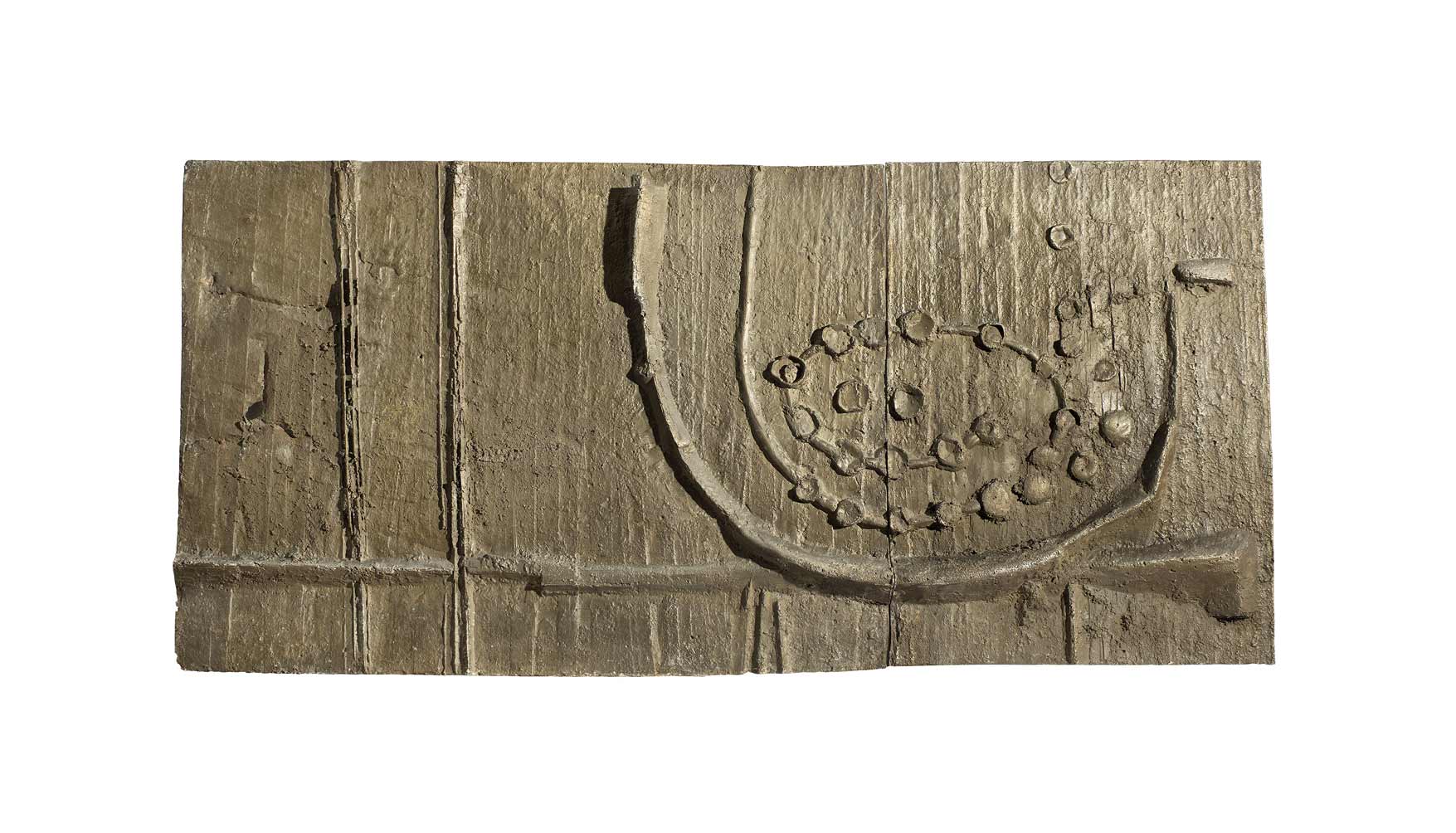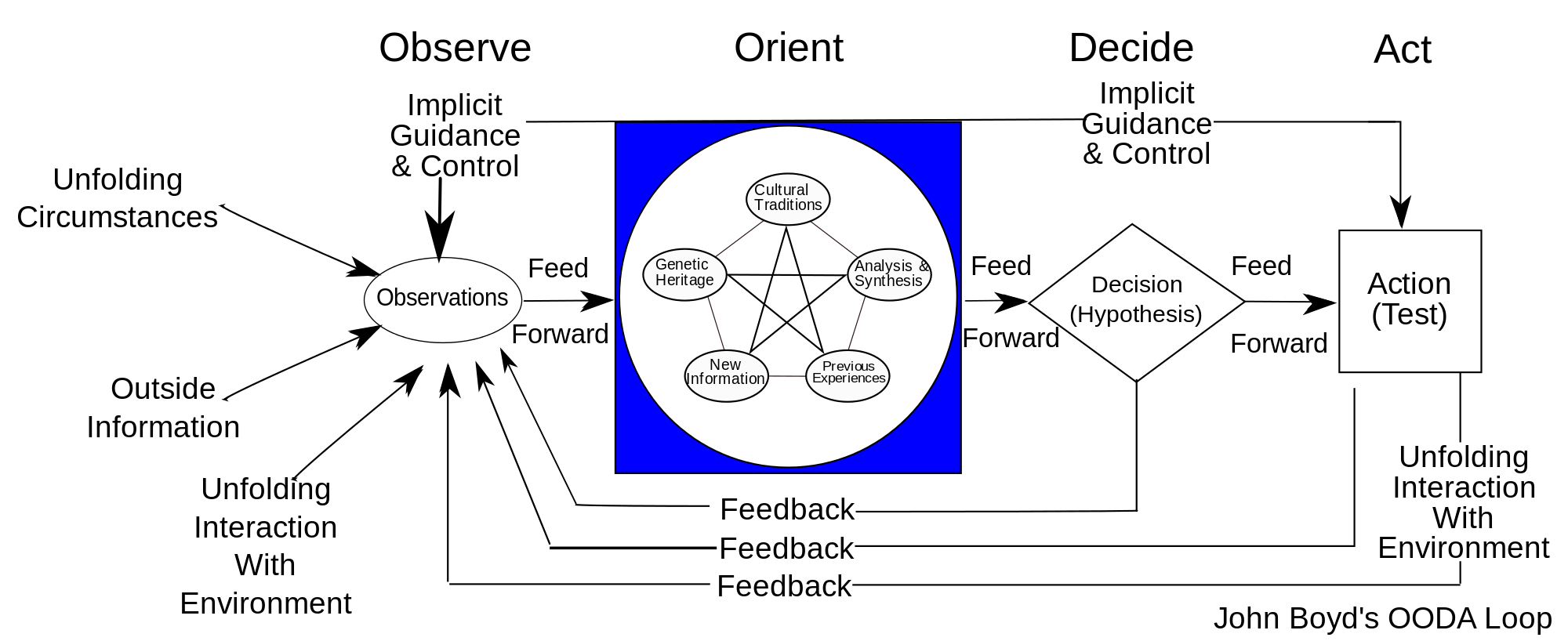I recently had the opportunity to visit a wide range of different churches for their Sunday morning services. 12 of them. From Anglo Catholic to Brethren to New Wine to New Frontiers. The project (it became a project after about four churches) started with a simple invitation from two friends to visit the churches they lead. We enjoyed this variety so we went for a third church, and then a fourth, and then it became a project.
By the fourth church we had a routine, which was: agree a church, go to the church, go to the closest cafe to the church after the service, and discuss what we had just experienced. I made notes, but was after the sixth visit that I started to tabulate our observations. The more we saw and thought, the more we started to find it difficult to record the complexity of a ‘simple act of worship’ on a Sunday morning.
For example, we noticed how often it was difficult to find a parking space, or the front door, or a welcome. It became clear quite quickly that a morning service was not necessarily more liberated or creative where there was no written liturgy. In fact, almost all the churches not using a formal liturgy had a similar ‘deep structure’, that is, a similar pattern of music (same songs, same style) and speech.
Sometimes we were deeply uncomfortable, and although these times were few it was disturbing none the less to find ourselves ‘out of sorts’ with some churches. Other times we just felt as though we were there to ‘have church done to us’ by leaders who wanted us to be just … different people. The exercise required endless curiosity; without that it would have been a lesson in sameness.
Tabulating the different aspects of our experiences eventually became unwieldy, so to finish ‘The Project’ I wrote an Executive Summary with two basic rules:
- it had to fit on one side of A4 paper
- it had to result in Action Points; it must not be simply observational.
The result was a simple list of five of the most important points selected from many. Each point has one introductory sentence; one thought to expand it, and one action point dealing with each area.
The five points covered these areas, and expanded in five short blogs to follow:
- Values
- Creativity
- Accessibility
- Complexity
- Preaching



